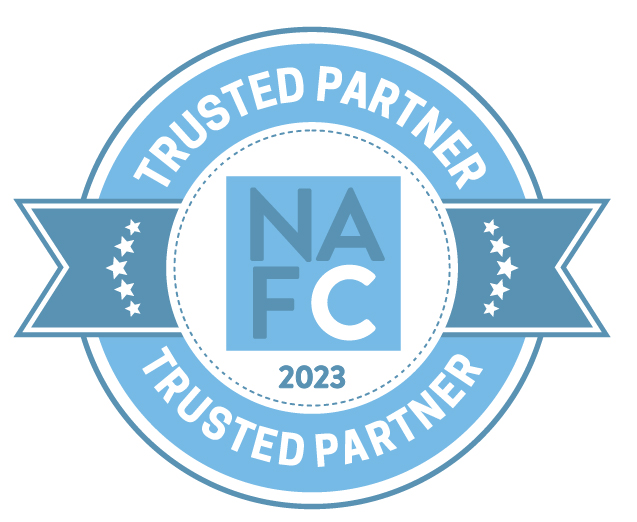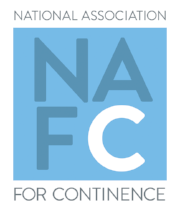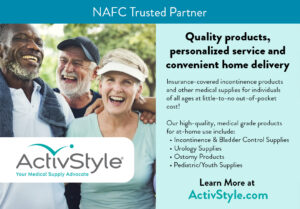NAFC ANNUAL PATIENT SURVEY
NAFC Annual Patient Survey
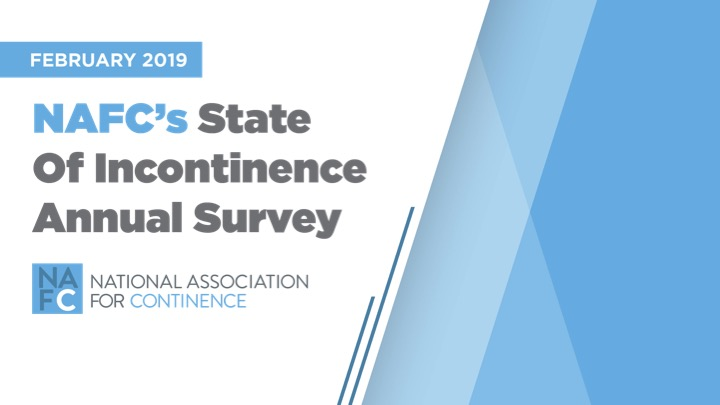
In early 2019 NAFC conducted its annual State of Incontinence Survey for all patient website visitors and subscribers. The survey, sponsored by Allergan Foundation & Astellas, was administered through SurveyMonkey.
It polled over 1,100 respondents across a range of incontinence topics, including diagnosis, treatment plans, emotional impact, willingness to discuss their condition with physician, personal relationships and more.
The objective of the survey was to better understand current patient behaviors, their attitudes regarding their incontinence treatments, their efforts to find help for their conditions, the way that their conditions impacted their lives and relationships, their interactions with healthcare professionals and their experience with incontinence products.
A complete “Break The Stigma” outreach kit included to share the data with your network. In this kit you will receive:
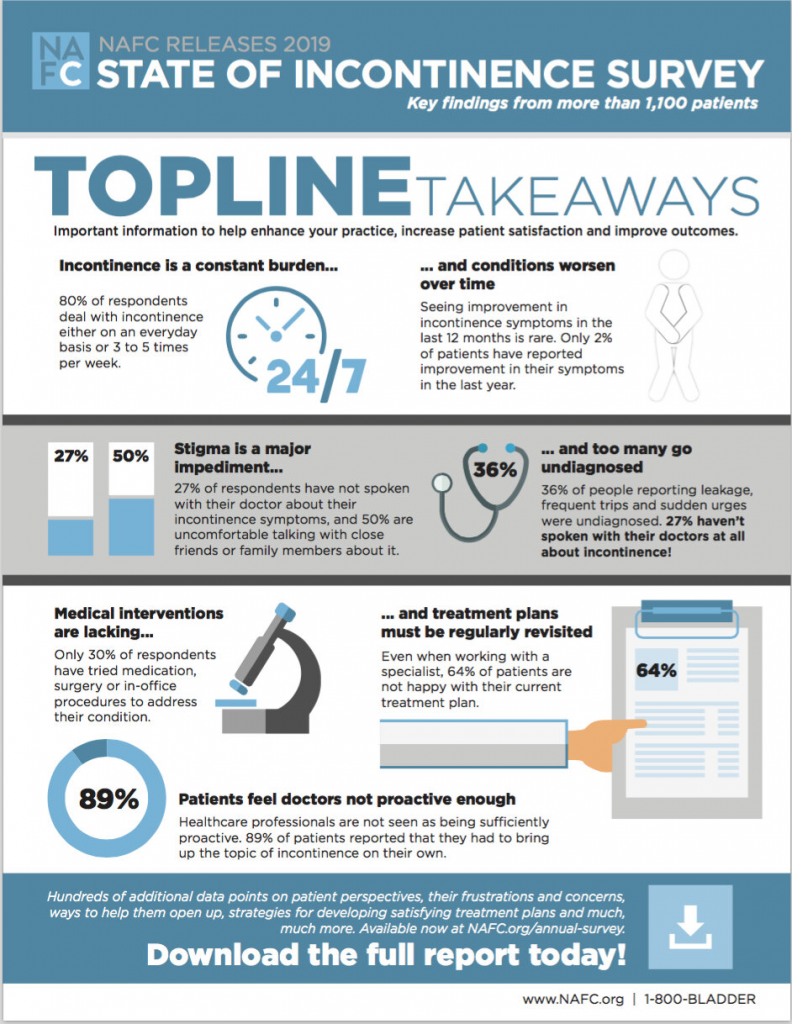
Full Survey Report
In Office Patient Poster – Infographic Survey Topline
Discussion Guides (printable) to help improve the dialogue
Social Media – Graphics and sample copy posts to use on your social platforms. Share data and use with your personal call to action
Press Release
Video summary of the results
“With over 1,100 respondents fully completing the survey we were pleased with the high response rate we received, said Steven Gregg, Phd, Executive Director of The National Association For Continence.
“Respondents took the time to write in their frustrations and concerns. It further stressed to us the importance of opening the lines of communication to a population of people who feel helpless and don’t know where to turn. We know there are doctors and institutions that can help them, but when we see that 25% are too embarrassed to talk to their doctor, another 22% believe it’s just a part of getting older and 8% believe nothing can be done, we know there is work to be done.” said Gregg.
In this kit are tools and tips to help improve the dialogue with your patients and in office conversation starters. Use the data in your own communications (emails, newsletters, social media and website) to reach patients and encourage follow up appointments and open dialogue. Together we can “break the stigma” holding many patients back from getting the help they so desperately need.


